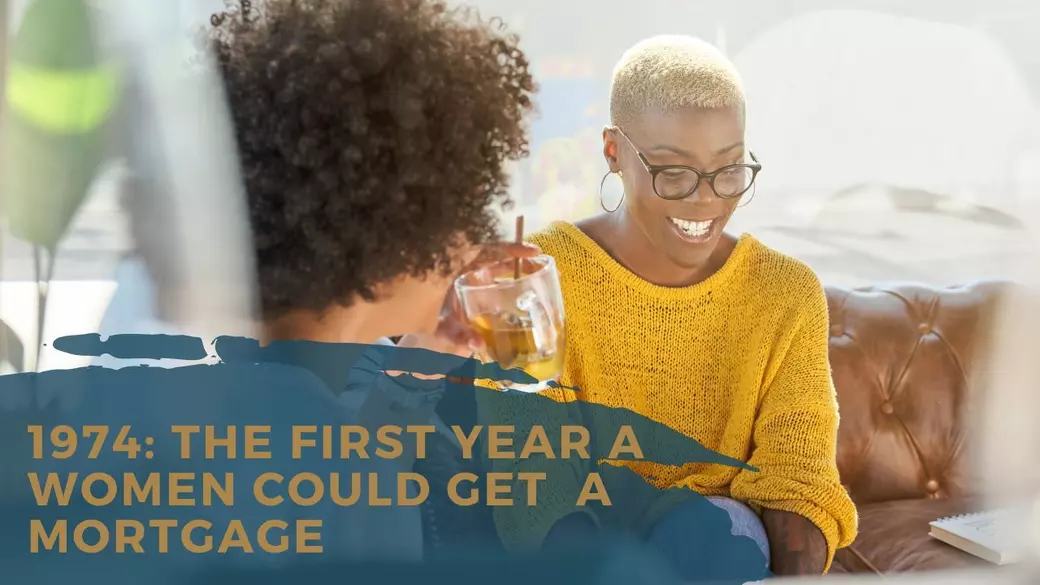What year could women get a mortgage?


In the dynamic world of real estate, it's important to reflect on the progress made in terms of equal opportunities for all. The journey to achieving gender equality in various aspects of society has been long and arduous, and the real estate industry is no exception. In the United States, 1974 is often hailed as the year that marked women's mortgage liberation, finally granting them the ability to secure home loans without facing discrimination or prejudice.
Prior to 1974, women faced significant challenges when attempting to obtain a mortgage. Lenders would often require a male relative or spouse to co-sign the loan, even if the woman had a steady income and excellent credit history. This practice not only undermined women's financial independence but also perpetuated the notion that women were incapable of managing their own affairs.
The year 1974 proved to be a turning point in women's struggle for equal access to mortgage opportunities. The United States Congress passed the Equal Credit Opportunity Act (ECOA), which prohibited lenders from discriminating against applicants based on gender, among other protected characteristics. This landmark legislation was instrumental in breaking down the barriers that had previously hindered women's ability to purchase homes independently.
Following the enactment of the ECOA, women were no longer subjected to biased lending practices solely based on their gender. Lenders were required to evaluate loan applications based on an applicant's creditworthiness and ability to repay the loan, rather than outdated stereotypes and biases. This shift in policy opened doors for countless women who had previously been denied the opportunity to own a home.
The impact of this change was profound. Women across the country were finally able to take control of their financial futures and invest in real estate on their terms. The ability to secure a mortgage without needing a male co-signer empowered women to build wealth, establish roots in their communities, and provide stability for their families.
Since 1974, the progress made in women's mortgage access has been remarkable. Today, women are not only obtaining mortgages in their own right but are also excelling in real estate professions. More women are becoming agents, brokers, and property managers, contributing to a more diverse and inclusive industry.
While significant strides have been made, it is important to acknowledge that challenges still exist. Despite the legal protections in place, studies have shown that women continue to face disparities in mortgage lending. Factors such as the gender pay gap, differences in credit scores, and biases within the lending system still pose obstacles for some women.
Efforts to address these disparities are ongoing. Organizations and advocates are working to raise awareness, promote financial literacy, and push for further reforms. It is crucial to continue empowering women, ensuring they have equal access to housing opportunities and the ability to make sound investment decisions.
In conclusion, 1974 marked a significant milestone in the history of women's mortgage liberation in the United States. The passage of the Equal Credit Opportunity Act paved the way for equal access to mortgage opportunities, breaking down discriminatory practices that had long hindered women's financial independence. While progress has been made, there is still work to be done to address the remaining disparities. By supporting and advocating for women's rights in real estate, we can foster a more inclusive and equitable future for all.
Categories
Recent Posts










